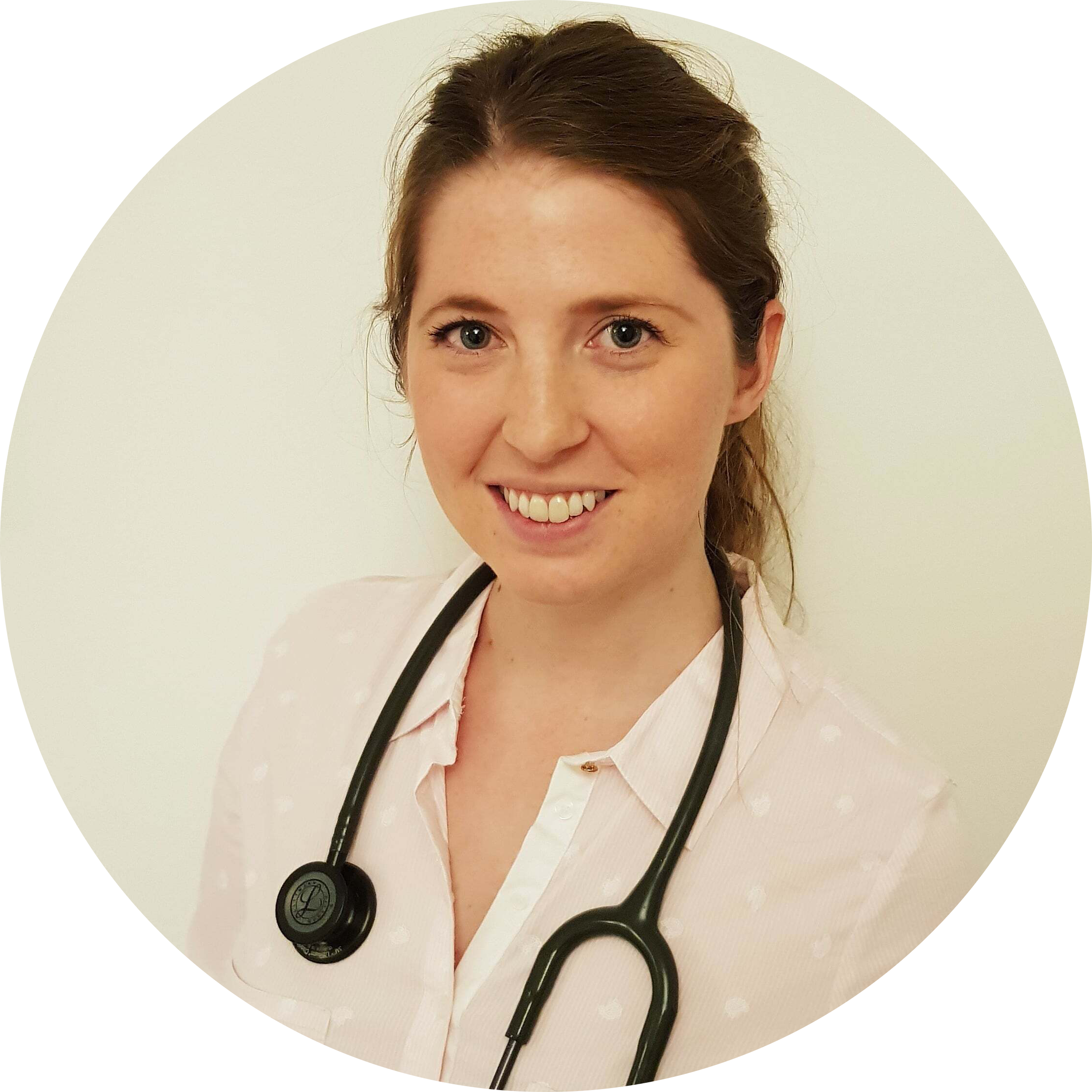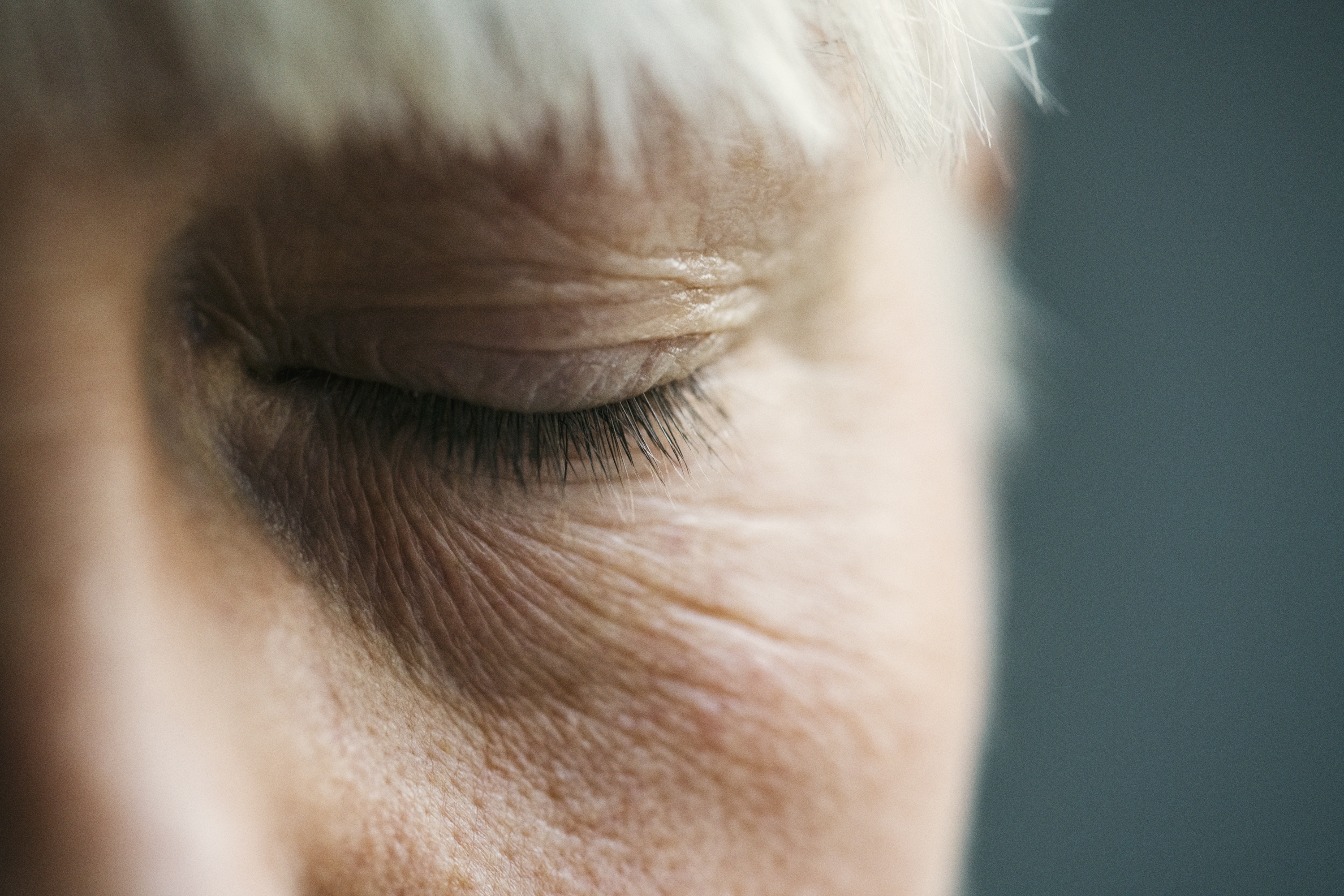There are a few different types of stroke, but the signs to look out for are the same – although in some cases of stroke the signs are less obvious. Any stroke is a medical emergency and should be dealt with immediately by calling 999.
What causes a stroke?
85% of strokes happen when blood flow to the brain is blocked. These are called ischaemic strokes. An ischaemic stroke is damaging because our brain cells need oxygen from our blood to survive, so without it, they find it harder to function, or stop working altogether. Damage to brain cells can have a range of effects on the body’s ability to work properly and can lead to mental and cognitive decline.
A hemorrhagic stroke happens when one of the arteries in the brain bursts. This causes bleeding in the brain where it shouldn’t, causing added pressure inside the skull and preventing other areas of the brain from receiving enough blood – depriving the brain cells of oxygen.
‘If an ischaemic stroke is identified and treated very quickly then medicine can be given to dissolve the clot and restore blood flow to the brain. This can prevent damage to the brain and so avert long-term physical symptoms,’ says Dr Rhianna McClymont, Lead GP at Livi.
What are the important signs of a stroke?
It’s really important to know the stroke signs and symptoms because recovery can depend on how quickly the people around the patient react.
‘The symptoms of a stroke can be hard to spot, and the person having a stroke might be unable to communicate with you. There’s also the possibility of a silent stroke with no visible stroke symptoms.’
Dr Rhianna McClymont shares the warning signs of a stroke:
Paralysis on one side of the body
Weakness and numbness
Changes to facial appearance – facial droop stroke symptoms include an inability to move the mouth on one side, and having the eye and mouth on that side ‘droop’ downwards
Communication problems – they might not be able to speak. Speech related signs of having a stroke can lead to the person being hard to understand, as their speech is slurred or garbled
Confusion – they may not be able to understand what you’re saying
Lack of coordination- falling over because of dizziness or loss of balance
Changes in vision – eye stroke symptoms include becoming temporarily blind in one or both eyes, or seeing double
Headache – a very sudden and painful headache. This can be one of the signs of having a stroke caused by bleeding in or around the brain – a haemorrhagic stroke
Neck stiffness – this can also be one of the symptoms of having a hemorrhagic stroke
Inability to swallow
By reacting to these stroke signs and symptoms urgently, there’s less risk that the stroke will have a major impact. The sooner the patient is brought to the hospital, the sooner the health professionals can get to work on restoring blood flow to the brain.
What is the FAST test?
Although the signs of a stroke can vary, the most common stroke symptoms to look out for can be easily remembered with the word FAST:
FACE – drooping of face (eyes or mouth) on one side
ARMS – weakness or numbness on one side of the body
SPEECH – slurred, garbled or confused speech
TIME – call 999 immediately as it is essential a patient receives medical care as soon as possible to give them the best chance of recovery
Mini stroke symptoms
Another type of stroke is referred to as a mini stroke or warning stroke. In medical terms, this is known as a transient ischaemic attack or TIA. Like the name suggests, this is a temporary blockage of blood supply to the brain. Small stroke symptoms are a warning sign that there’s a higher risk of having a full stroke in the future, as they show there’s a problem with blood flow to the brain.
The symptoms of a mini stroke are the same as the symptoms of a stroke and can last for up to 24 hours, and the difference is that these symptoms will pass. This does not make the mini stroke any less serious. A mini stroke is still a medical emergency and should be dealt with by calling 999, just like you would when someone has a normal stroke.
How to help someone having a stroke
‘If someone around you is showing signs of a stroke, like a family member or friend, it’s important that you do not panic. Dealing with the situation quickly – and calling 999 for an ambulance immediately – is the best action you can take if someone is having a stroke,’ advises Dr McClymont.
Remember, there are 1.2 million stroke survivors in the UK. A stroke is a life-threatening emergency, but people can recover when treated quickly.



